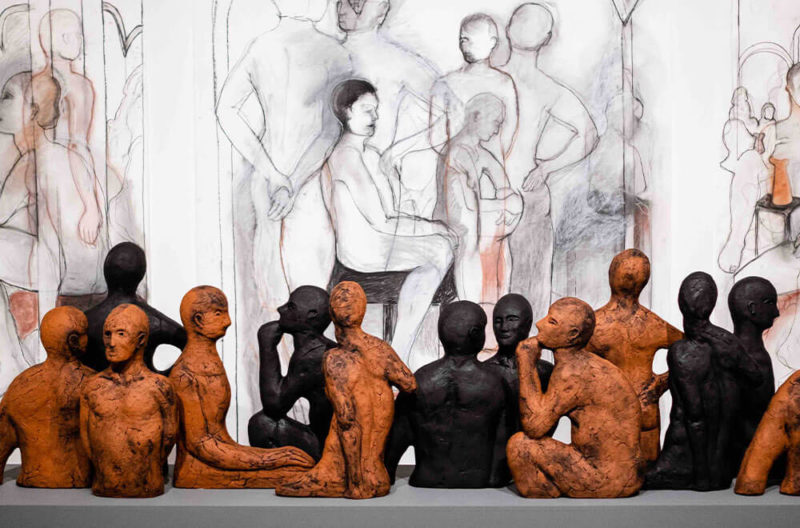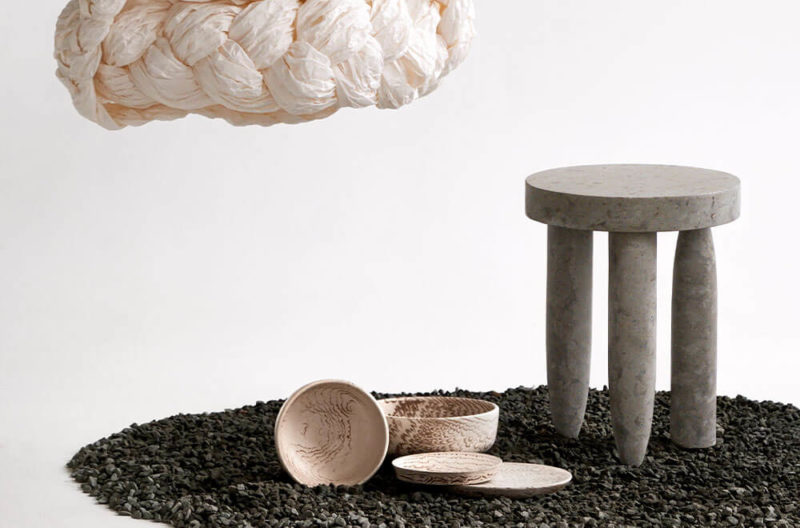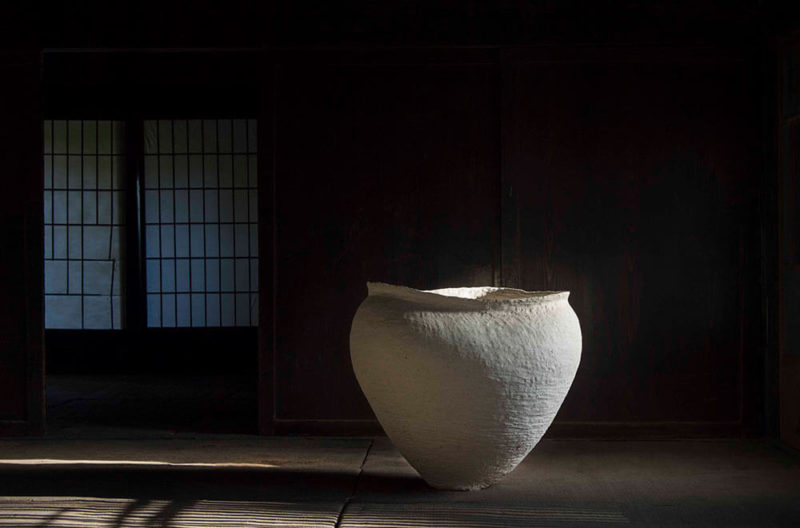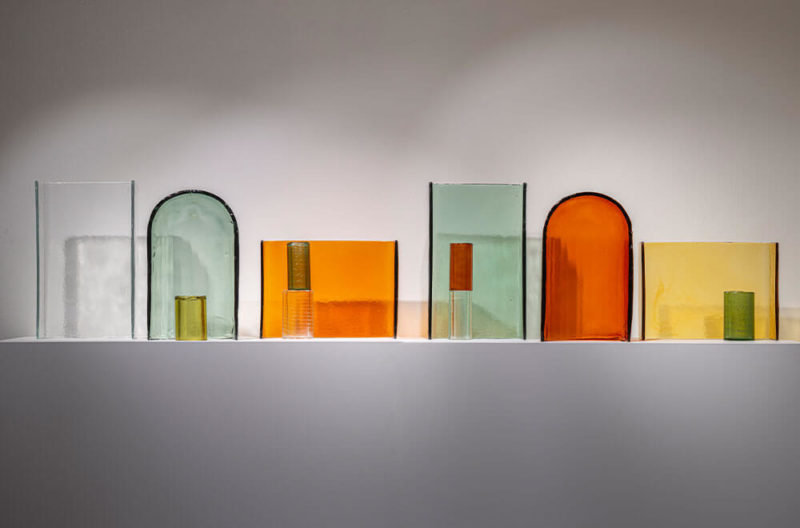Odd and Even
A contemporary curation of sculptural objects set within the light-filled modernist interior of Maison Louis Carré.
Maison Louis Carré, Bazoches-sur-Guyonne near Versailles
5th September – 28th November 2021
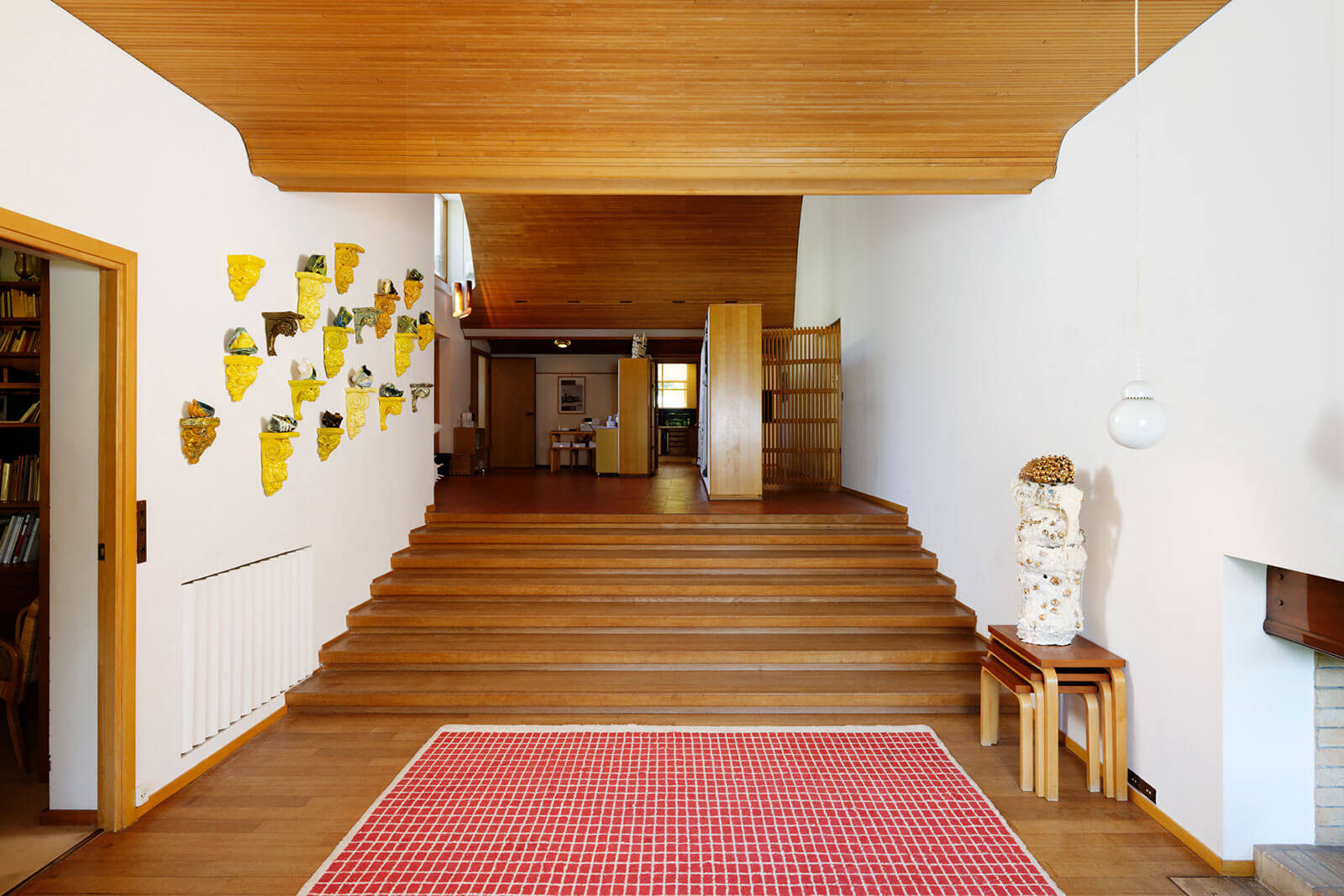
Installation view with (left) Heidi Bjørgan, ‘The Yellow Wall’, 2019; (right) Virginia Leonard, ‘I Come Out Of Surgery Looking Golden’, 2018
COURTESY: Maison Louis Carré
“WE WANTED TO have two different voices under one roof: one bold, lively and colourful, the other contemplative, serene and discreet,” says Monique Deul of the curatorial vision for ‘Odd and Even – A Collection’ at Maison Louis Carré.
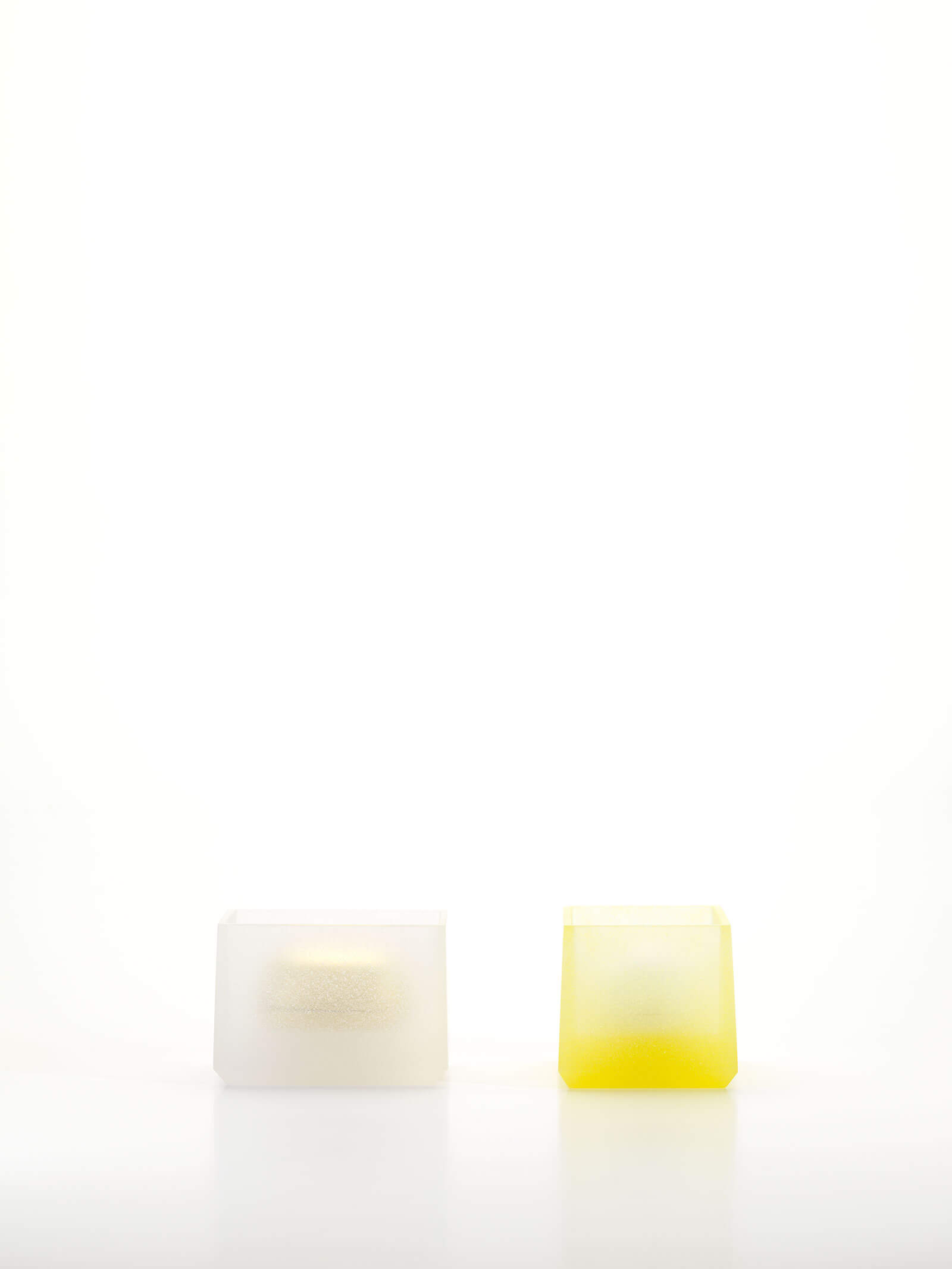
Andrea Walsh, ‘Pair of Contained Boxes’, 2016
COURTESY: Andrea Walsh & Maison Louis Carré / PHOTOGRAPH: Shannon Tofts
Constructed in the late 1950s in the rural village of Bazoches-sur-Guyonne, near Versailles, Maison Louis Carré was designed by the Finnish modernist architect Alvar Aalto for the late Parisian art dealer, Louis Carré and his wife Olga. It is the only building by Aalto in France.
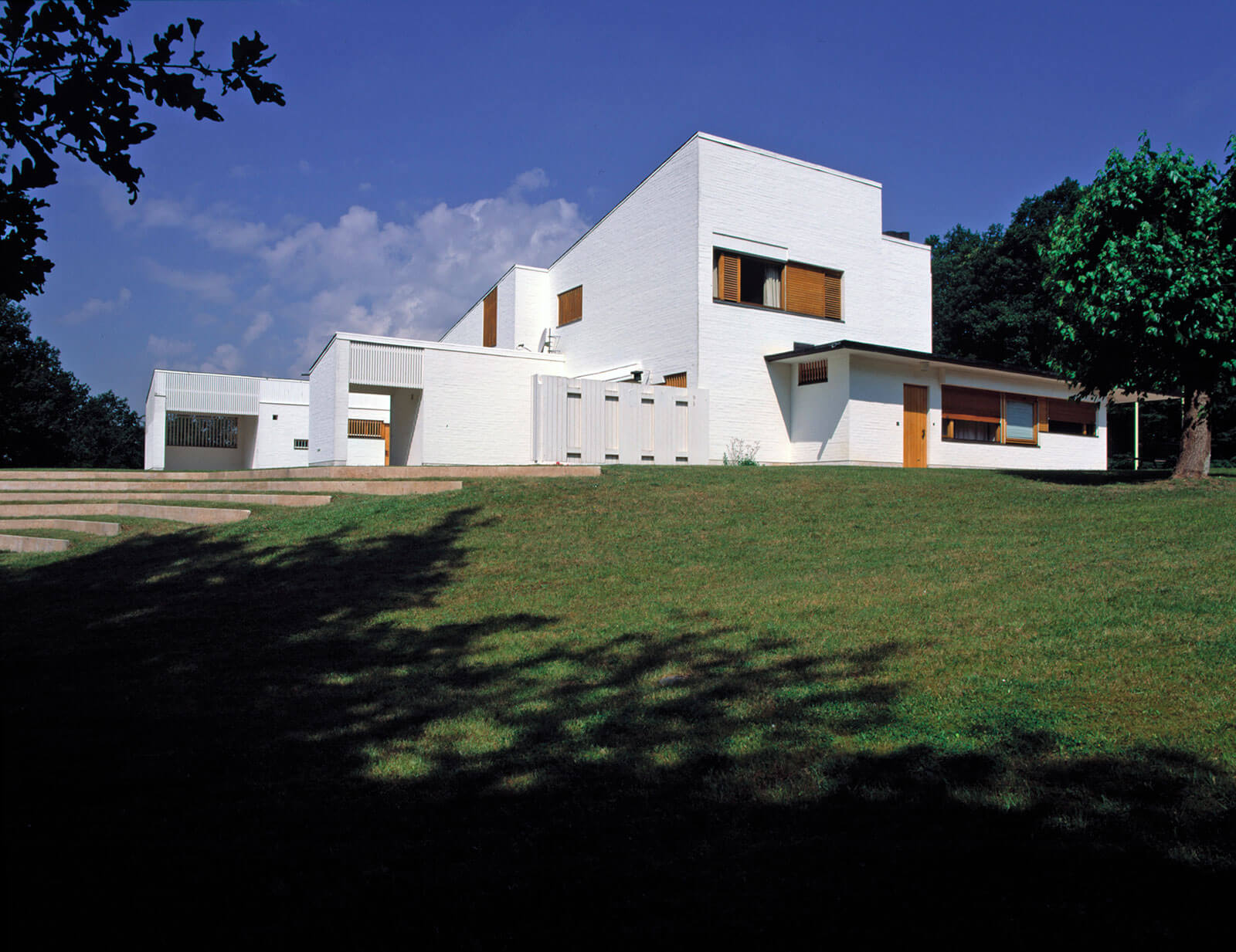
Maison Louis Carré
COURTESY: Maison Louis Carré / PHOTOGRAPH: Jari Jetsonen
Aalto’s archives contain around 600 drawings pertaining to Maison Carré, which he envisioned as a series of volumes on a transversal slope that would be sensitive to the light. He worked on it with his second wife Elissa, who was a partner in his firm. Carré hung the work of Picasso, Klee, Léger and Raoul Dufy throughout and regarded the house as a total artwork. After his death, in 1977, his widow Olga, his third wife, continued living there until she passed away in 2002. Olga’s nieces and nephew sold the property – complete with the furniture and lighting designed by Aalto – to the Finnish Cultural Foundation.
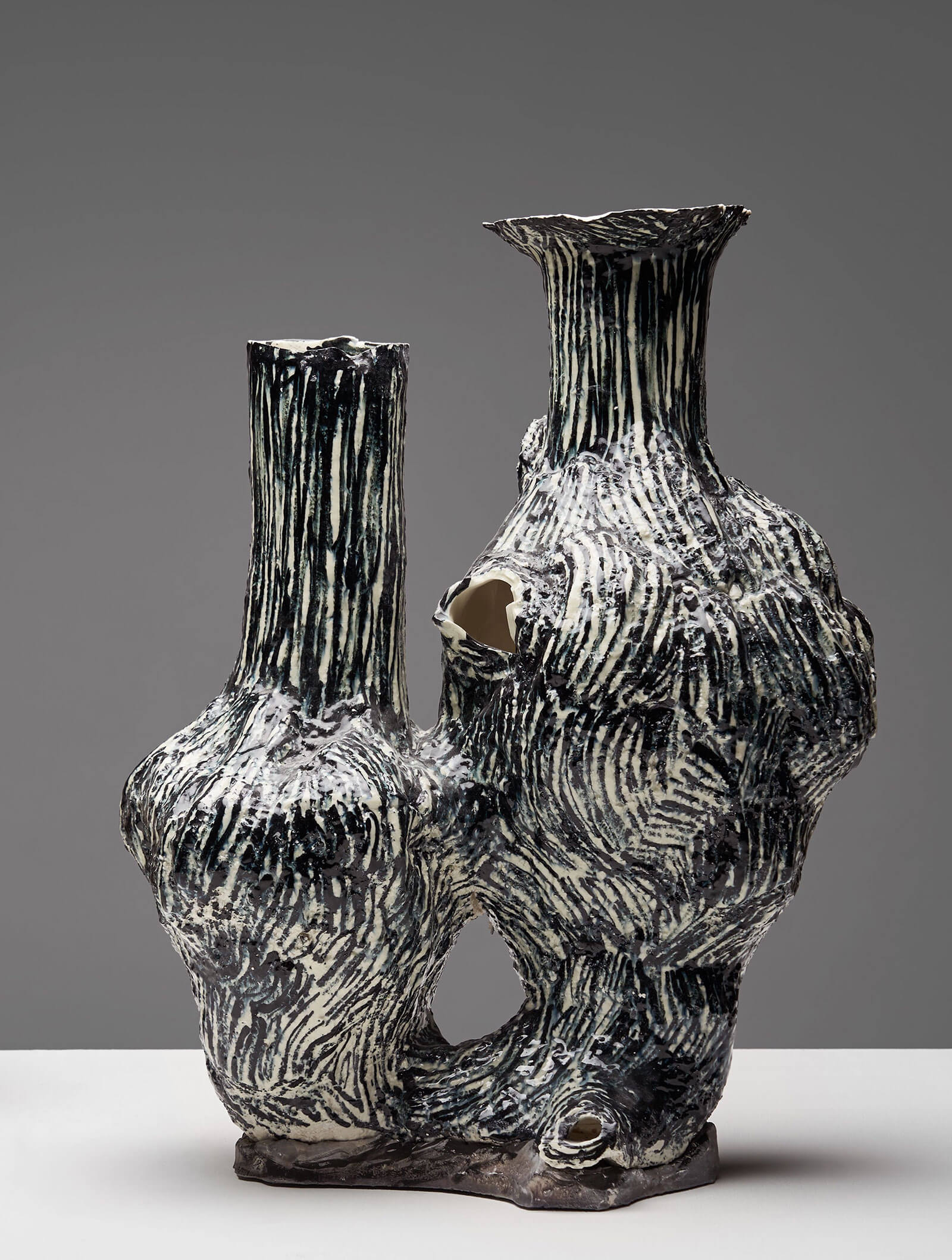
Johannes Nagel, ‘Cluster-Still Life’
COURTESY: Johannes Nagel & Maison Louis Carré / PHOTOGRAPH: Tom Dachs
As Louis Carré’s grandchildren had inherited the artworks, the walls of the house were left bare. So in 2016, the Alvar Aalto Foundation began organising annual exhibitions. ‘Odd and Even’, originally planned for last year but postponed due to the pandemic, is the first show at Maison Louis Carré by Deul, founder of the curatorial platform Taste Contemporary, and her collaborator, Cécile Franken. All the pieces are available for purchase.
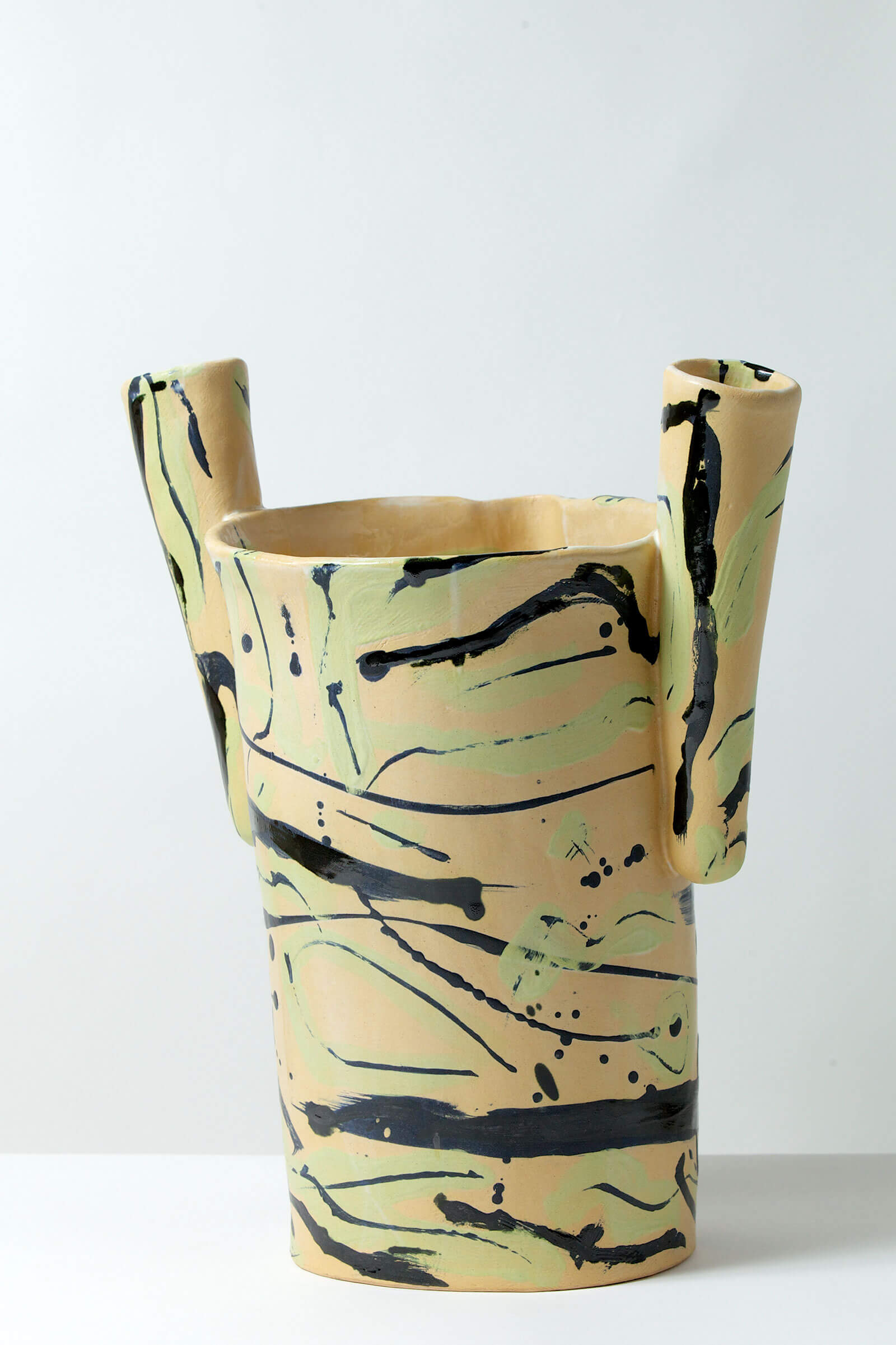
Alison Britton, ‘Rogue’, 2018
COURTESY: Alison Britton & Maison Louis Carré / PHOTOGRAPH: Philip Sayer
Deul specialises in mounting exhibitions of artists and craftsmen working in clay, textiles, glass, metal and wood. What marks this show is that several of the 16 international artists have created new pieces that reflect on Aalto’s work. “We want the exhibition to contrast and sing in harmony with Alvar Aalto’s architecture,” Deul emphasises.
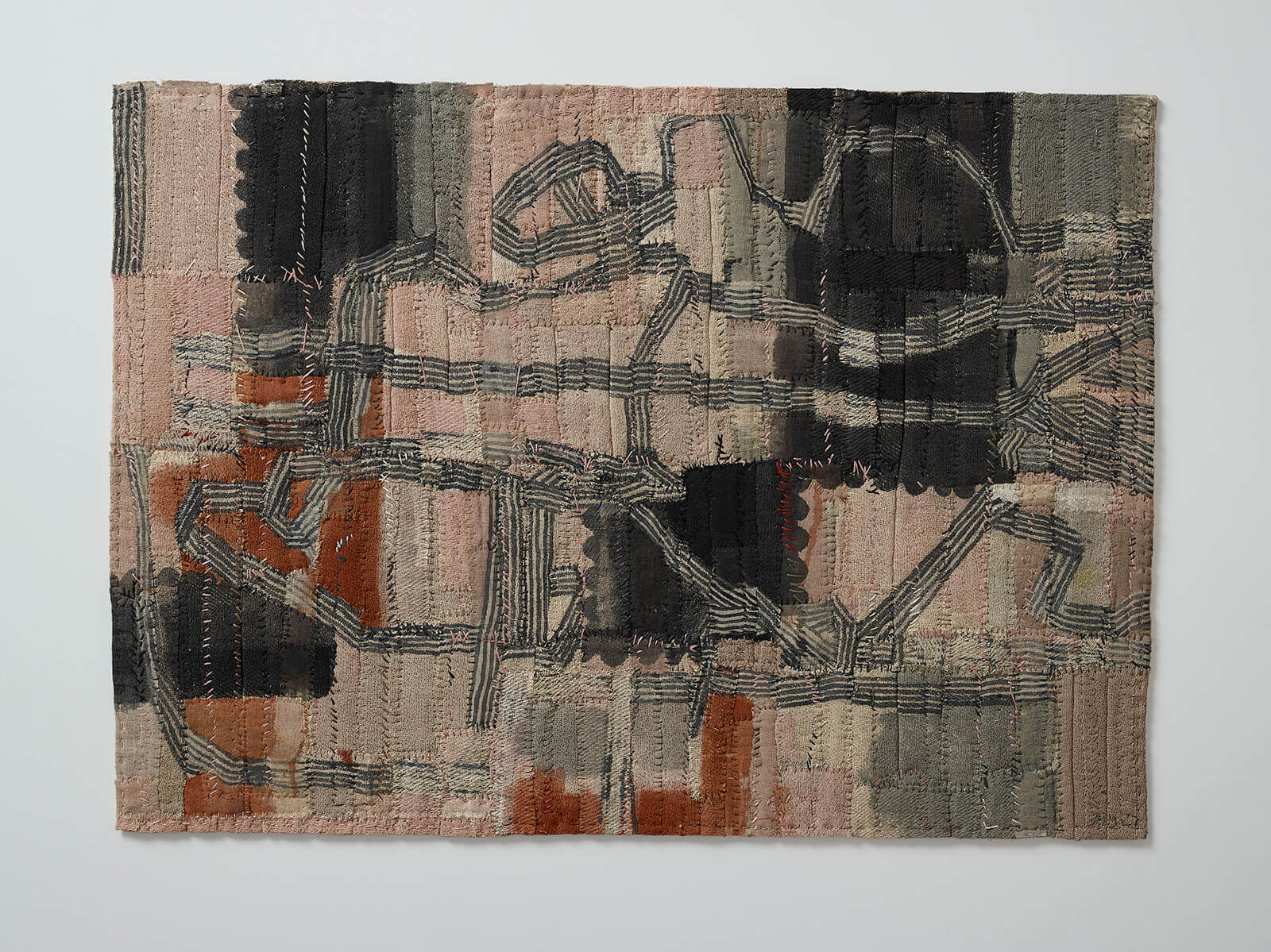
Matthew Harris, ‘Lambeth Lantern Cloth Variation No VI’
COURTESY: Matthew Harris & Maison Louis Carré / PHOTOGRAPH: Peter Stone
Deul has hung Ptolemy Mann’s ‘After Aalto (Triptych)’, which was realised this year, in the dining room. Mann drew inspiration for her meditative, abstract woven thread paintings, with their vertical lines in vibrating colours, from the palette developed by Aalto with the artist Eino Kauria for the Paimio Sanatorium (1933). Aalto hoped that the colours used on the ceilings of the patients’ rooms would have a soothing effect. “The Paimio Sanatorium features an array of colours and Alvar Aalto was said to be very particular about the shades,” says Mann, who was commissioned to make a triptych for Tate Modern two years ago.
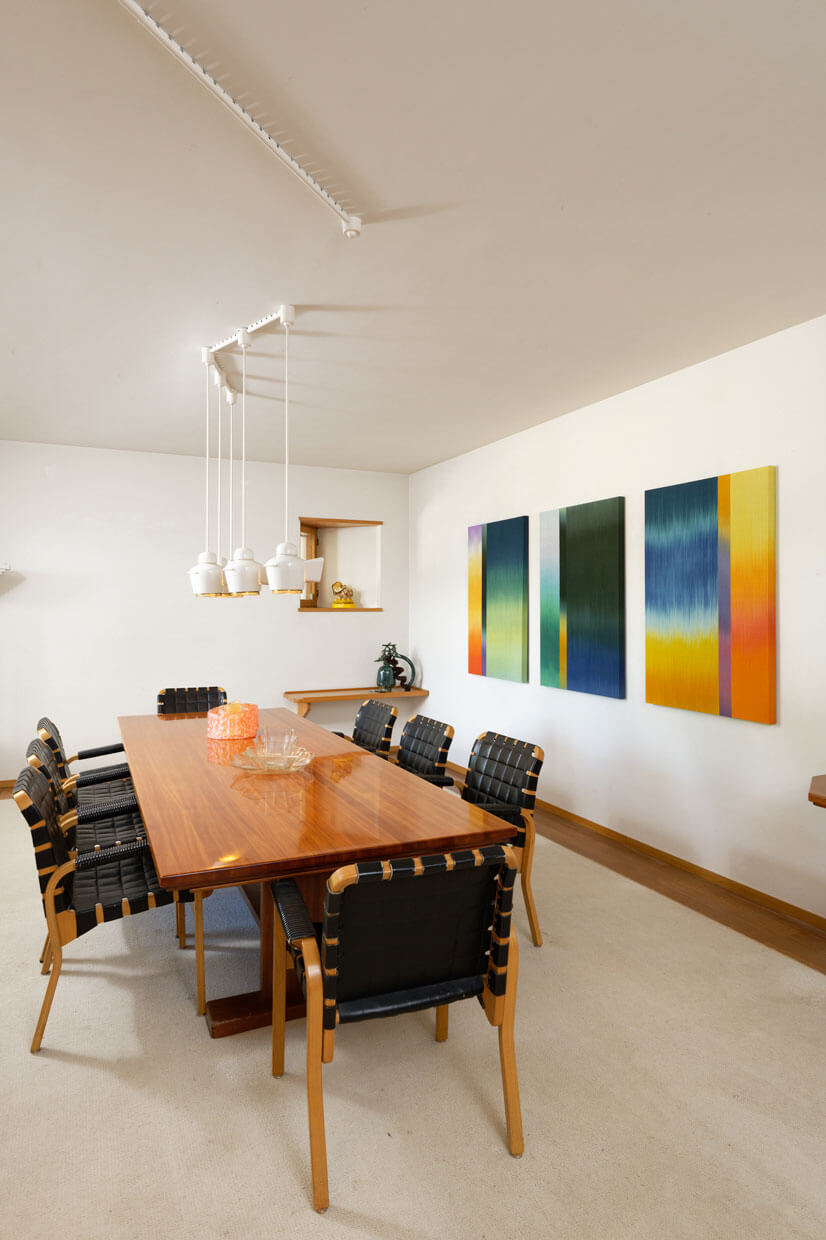
Installation view with Ptolemy Mann, ‘After Aalto (Triptych)’, 2021
COURTESY: Maison Louis Carré
Another piece made for the show is Edmond Byrne’s ‘Maison Metameric Stack’ (2021) on the dining table next to Aalto’s inimitable transparent vases. Comprising crinkly glass vessels placed one inside the other in nuanced tangerine to lemon hues, it pays tribute to the stacked, modernist forms in Aalto’s angular architecture and his mould-blown work in glass.

Edmond Byrne, ‘Maison Metameric Stack’, 2021
COURTESY: Edmond Byrne & Maison Louis Carré / PHOTOGRAPH: Edmond Byrne
It is less obvious how some of the other artists have reflected on Aalto’s approach, even though many of the pieces chime or contrast tellingly with their setting. This harmonious curation is most apparent in the living room, where Marit Tingleff’s black-and-white glazed earthenware with rhythmic lines hangs above the fireplace and Alison Britton’s handmade earthenware jugs sit serenely on the sideboard. A poetic touch is Andrea Walsh’s pair of delicate boxes containing gold and white eggs on the table.
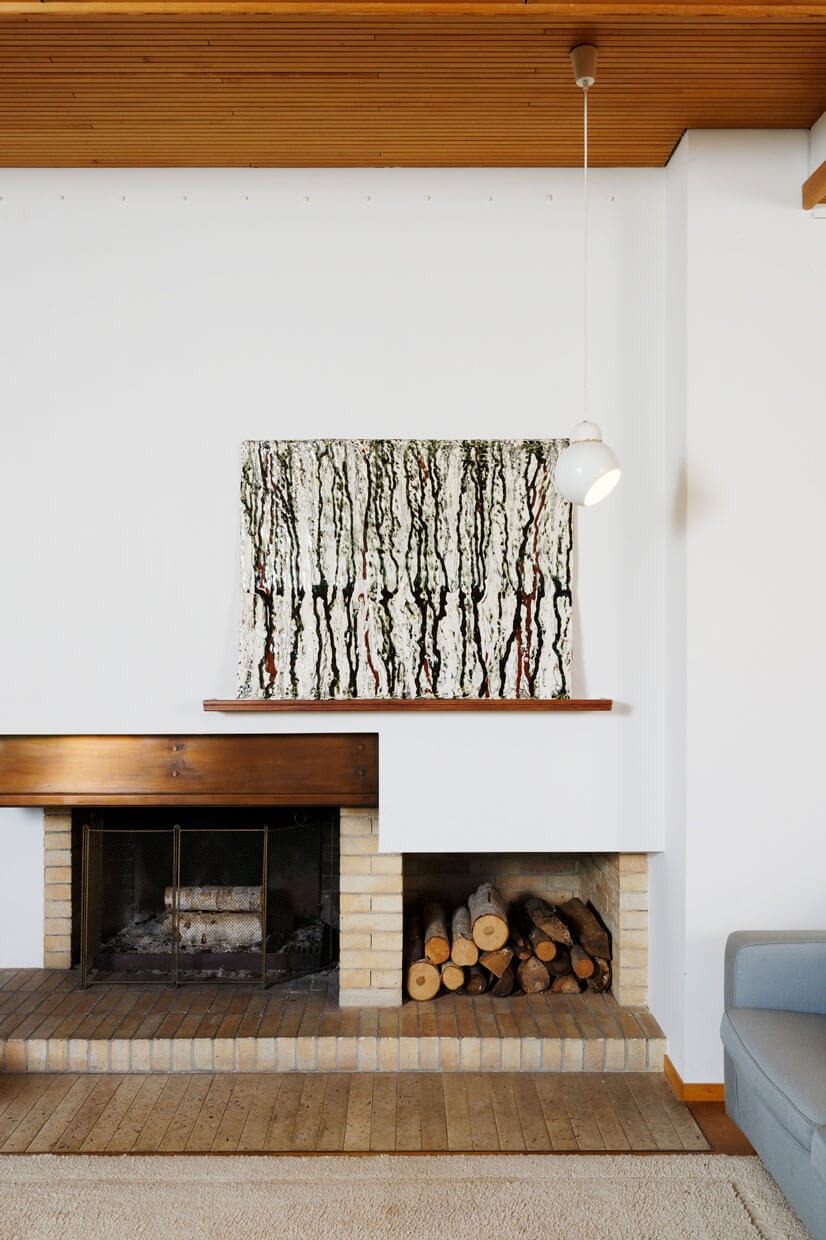
Installation view with Marit Tingleff, ‘Standing Tile’ series
COURTESY: Maison Louis Carré
A dose of exuberance comes in Virginia Leonard’s red-and-white clay sculpture and Michael Brennand-Wood’s ‘White Lace – Flag Day’ (2006), a spidery painting embroidered with stars, clovers, pumpkins and faces, in Olga’s bedroom. More congruous, perhaps, is the choice of pieces in the master bedroom. Here one finds Matthew Harris’s mixed media collages in dark, sober tones, Johannes Nagel’s bold, duo-chromatic porcelain and ‘Littoral Chances II’ (2017), a four-legged sculptural cabinet assembled from various woods with black boxy parts, by David Gates with Helen Carnac.
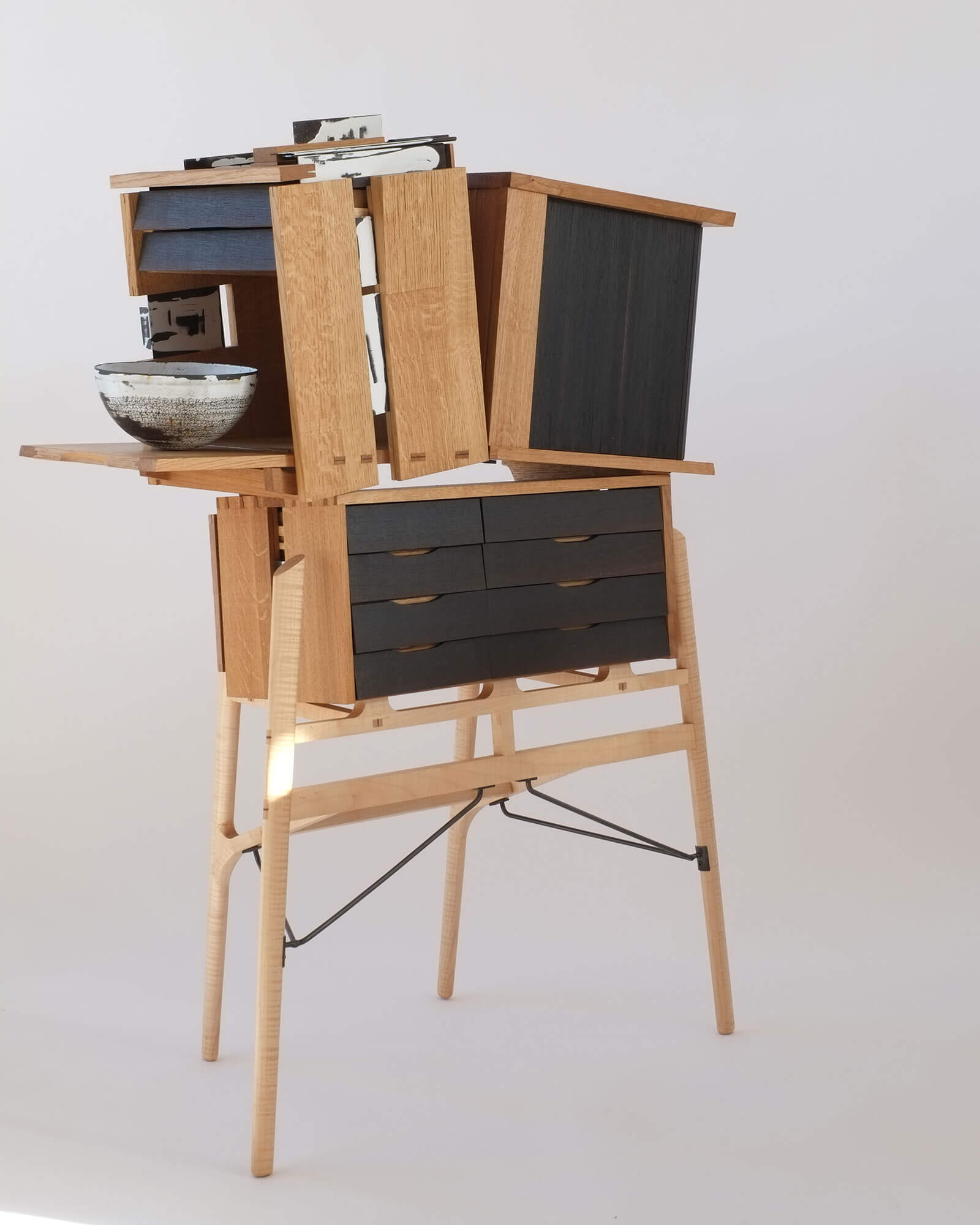
David Gates, ‘Littoral Chances II’, 2017
COURTESY: David Gates & Maison Louis Carré / PHOTOGRAPH: David Gates
Would the Carré couple have enjoyed living with these works? While Deul’s selection celebrates artists elevating craftsmanship and exploring diverse techniques, it’s a far cry from the twentieth-century modern masters that Carré represented and collected. Rather, it introduces a more bohemian spirit into Aalto’s oeuvre.
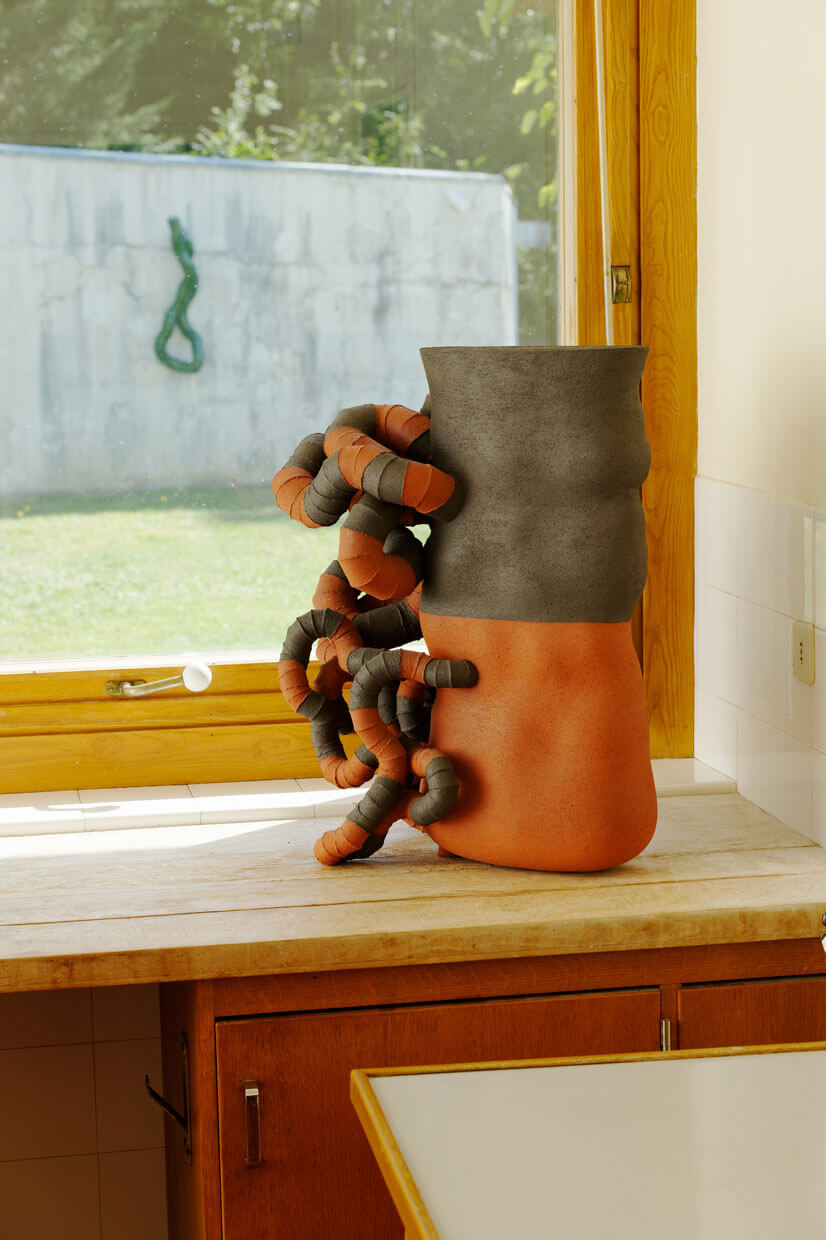
Installation view with (foreground) Martin Bodilsen Kaldahl, ‘Spatial Drawing #13’, 2015; (background) ‘The State of a Moment #1’, 2016
COURTESY: Maison Louis Carré
Besides exhibitions, events such as conferences and concerts are held at Maison Louis Carré. Yet the building has fallen into disrepair over the decades and is in urgent need of restoration. Thankfully, this should start this autumn. “The restoration plans are in three stages: first the garden, then the exterior of the house and the last stage will be the interior,” Ásdís Ólafsdóttir, director of Maison Louis Carré, says. Costing a total of €1.2m, the renovations are expected to last four or five years and are being financed by the regional department of cultural affairs and the Parisian region, Ile de France.
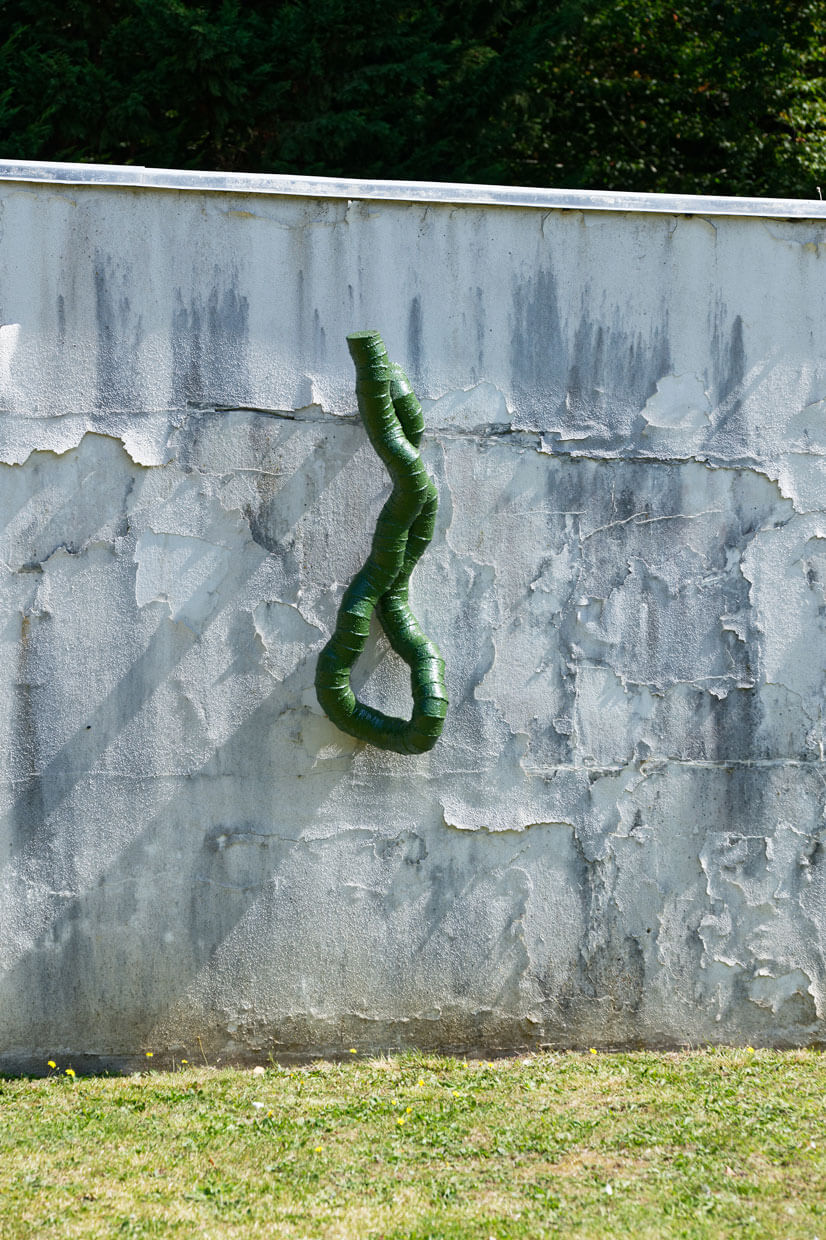
Martin Bodilsen Kaldahl, ‘The State of a Moment #1’, 2016
COURTESY: Maison Louis Carré
For the moment, ‘Odd and Even’, with its pluralistic voices, exemplifies how Aalto’s historical gem can be complemented by contemporary creation.
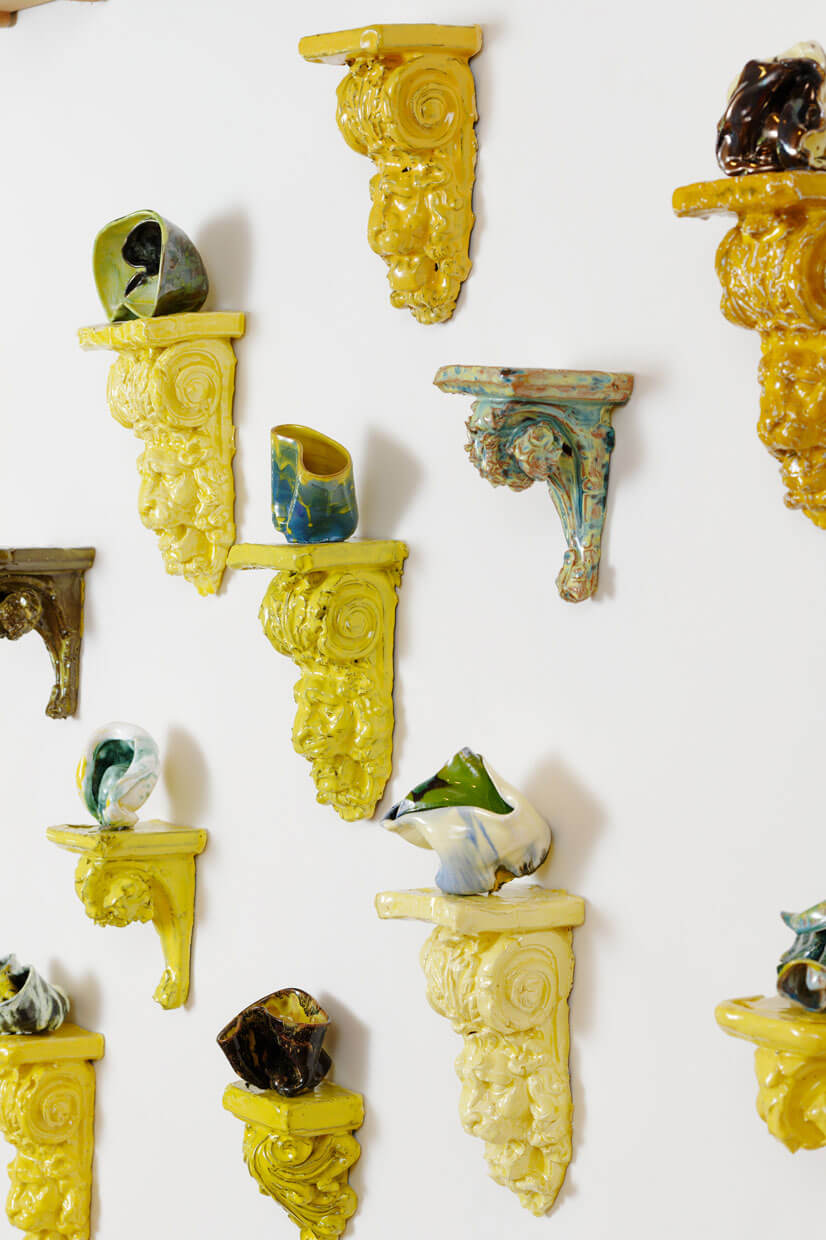
Heidi Bjørgan, ‘The Yellow Wall’, 2019 (detail)
COURTESY: Maison Louis Carré
Odd and Even – A collection at Maison Louis Carré




